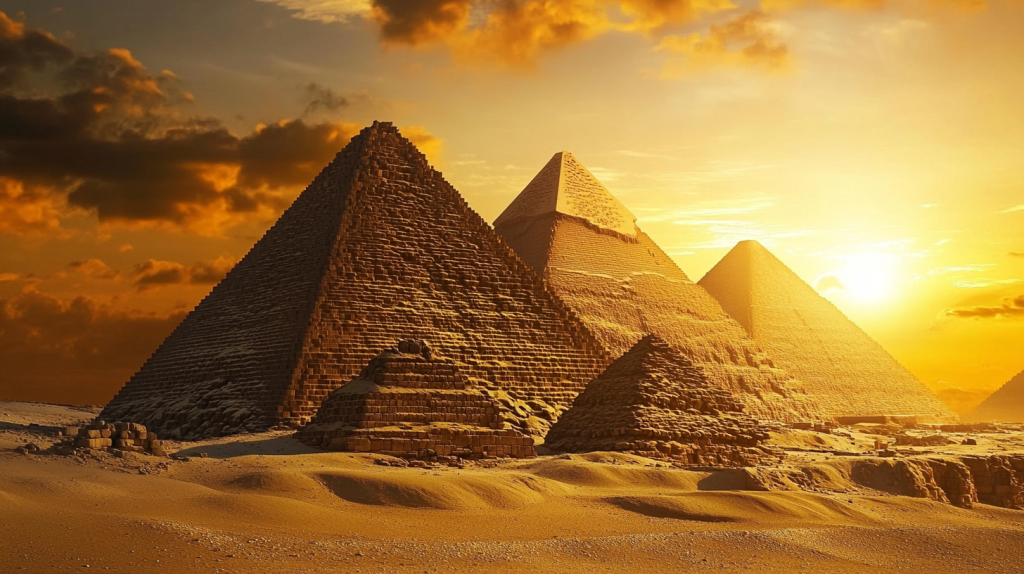Ancient Egyptian tombs have captivated our imagination for centuries, sparking tales of curses and hidden treasures. These final resting places of pharaohs and nobles hold secrets that continue to amaze archaeologists and history buffs alike.
From intricate burial practices to mind-boggling architectural feats, Egyptian tombs offer a window into a fascinating civilization that flourished thousands of years ago.
Get ready to journey back in time and discover the true marvels of ancient Egyptian tombs!
Hidden Chambers Galore
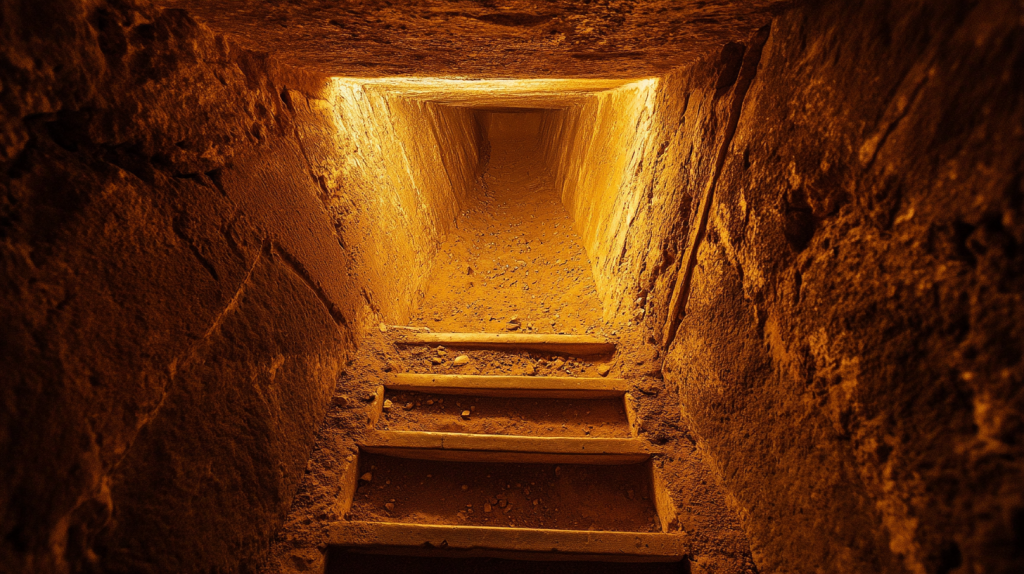
Many Egyptian tombs contain secret rooms and passages. These hidden areas were designed to protect valuable treasures from tomb robbers. Some chambers remain undiscovered to this day, waiting for modern technology to reveal their secrets. The possibility of finding untouched rooms keeps archaeologists excited about future discoveries.
Tomb Building: A Lifelong Project
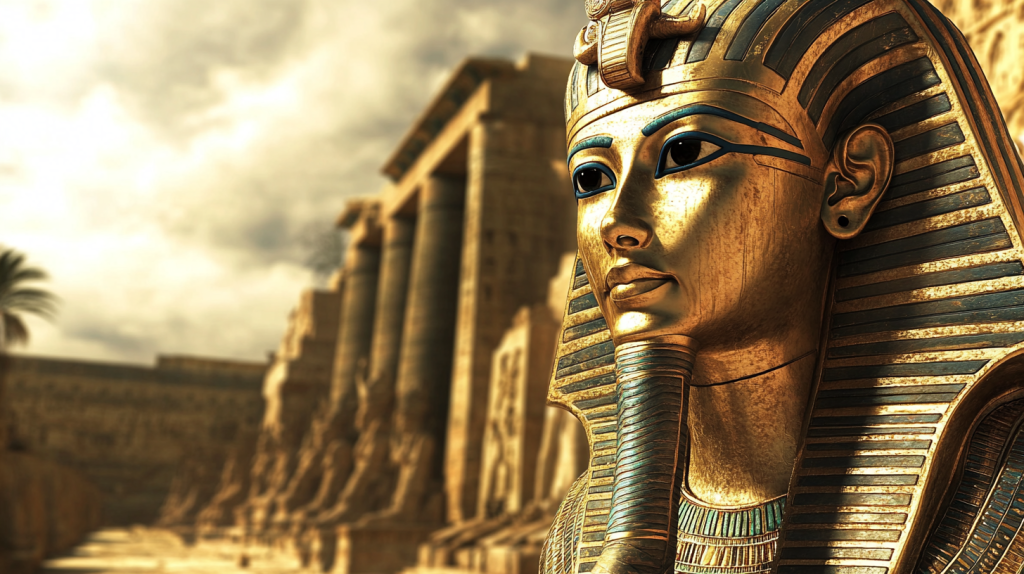
Pharaohs began planning their tombs as soon as they took the throne. Construction often started immediately and continued throughout their reign. This process could take decades, with some tombs remaining unfinished when the pharaoh died. The size and complexity of a tomb reflected the pharaoh’s power and wealth.
The Real Curse: Bacteria
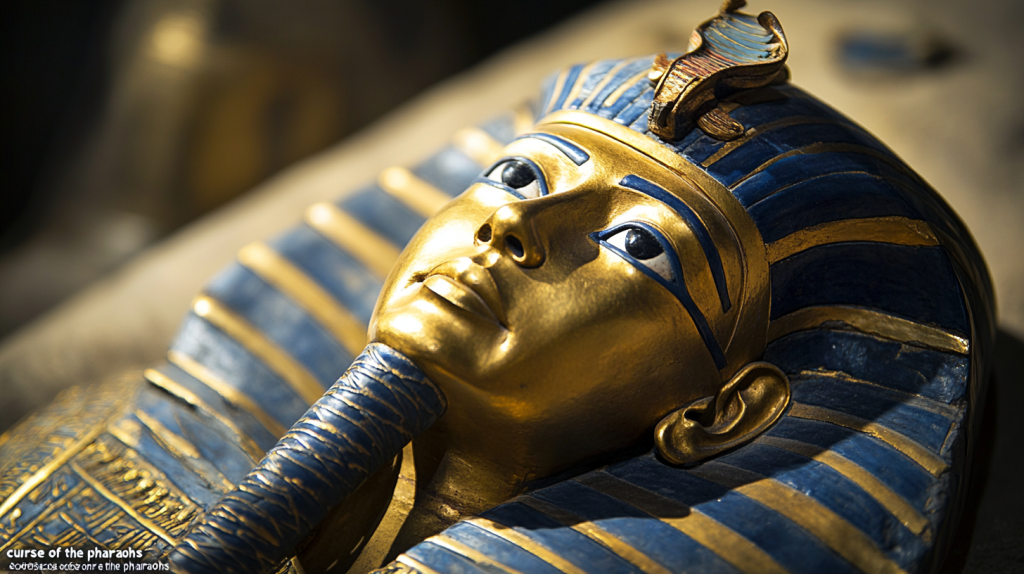
The famous “curse of the pharaohs” likely had a scientific explanation. Ancient tombs contained harmful bacteria that could cause serious illness. When early explorers entered these sealed environments, they were exposed to these long-dormant microbes. This exposure, rather than a supernatural curse, may explain why some tomb discoverers fell ill or died.
Fake Doors for the Afterlife
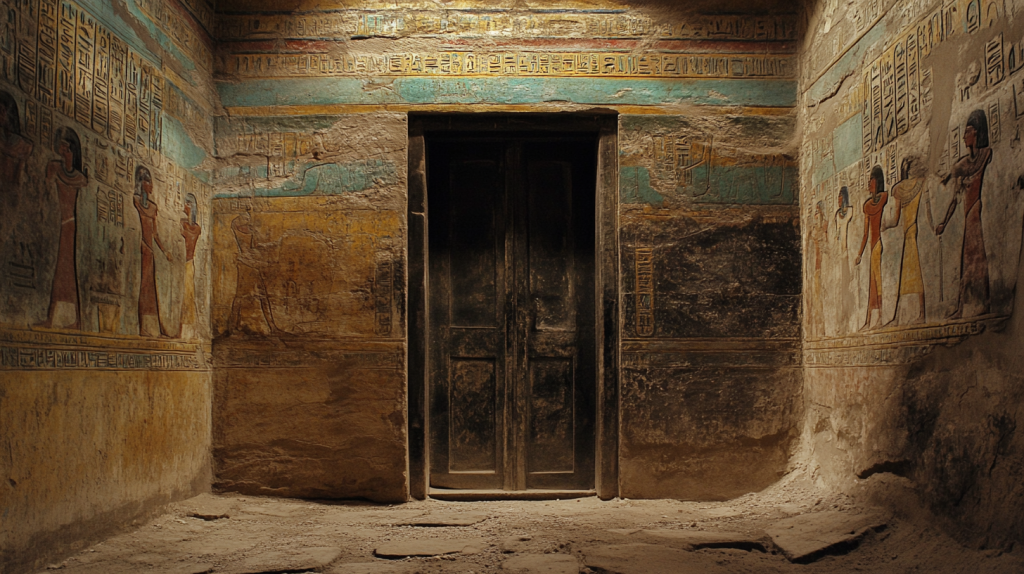
Many tombs featured false doors, which weren’t meant to be opened. These doors were believed to allow the deceased’s spirit to pass between the world of the living and the afterlife. Egyptians would leave offerings at these doors, thinking the spirit could access them. This practice highlights the complex beliefs surrounding death and the afterlife in ancient Egyptian culture.
Tomb Paintings: Ancient Egyptian Instagram
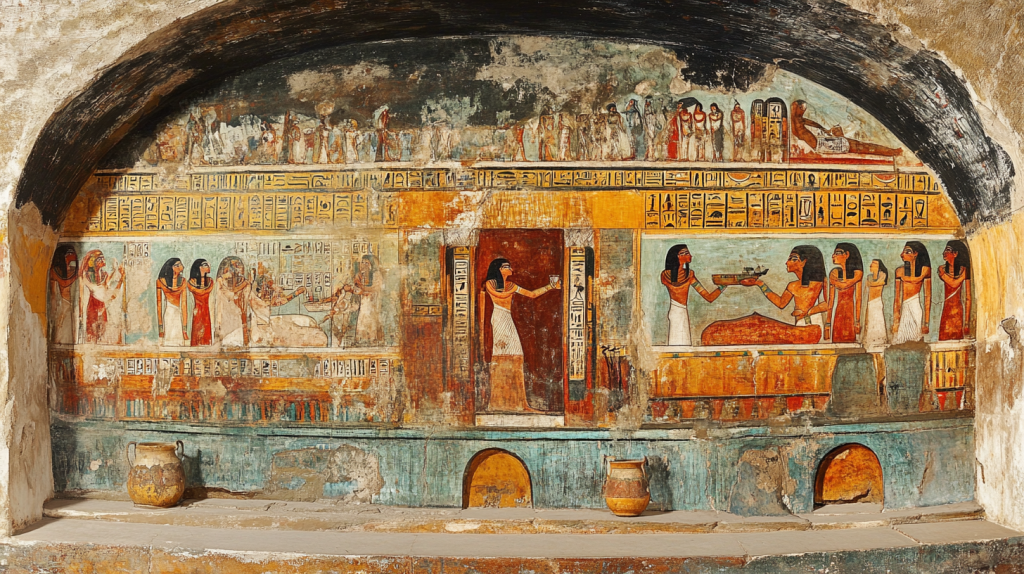
Wall paintings in tombs served as a sort of ancient social media. These colorful scenes depicted the deceased’s life achievements, favorite activities, and possessions. The paintings were meant to ensure the continuation of these experiences in the afterlife. They also provide modern researchers with valuable insights into daily life in ancient Egypt.
Mummification: More Than Just Wrapping
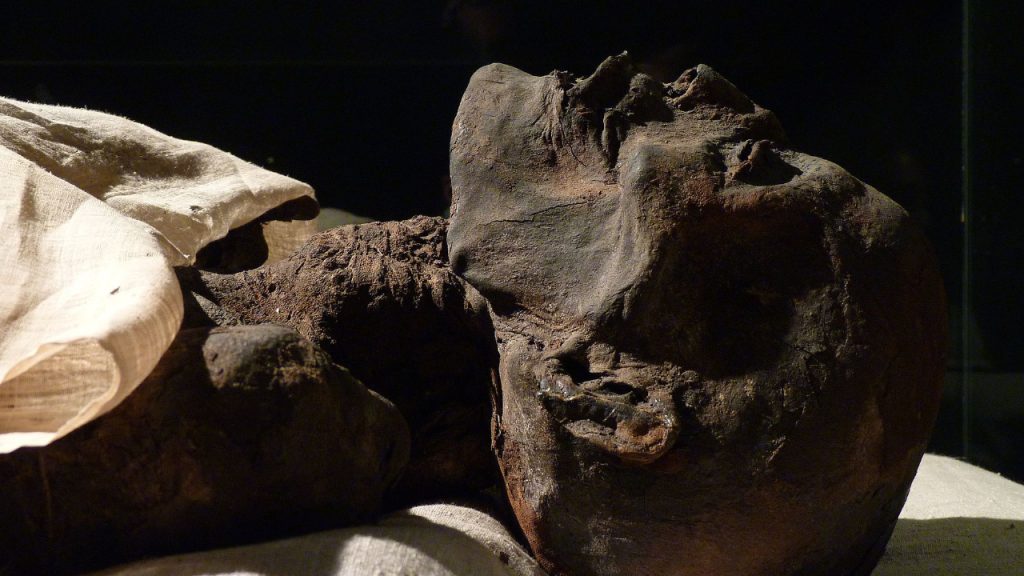
The mummification process was complex and time-consuming. It involved removing internal organs, drying the body, and using special oils and resins. This process could take up to 70 days to complete. The goal was to preserve the body for the afterlife, as Egyptians believed the soul needed a physical form to continue existing.
Animal Mummies: Not Just for Humans
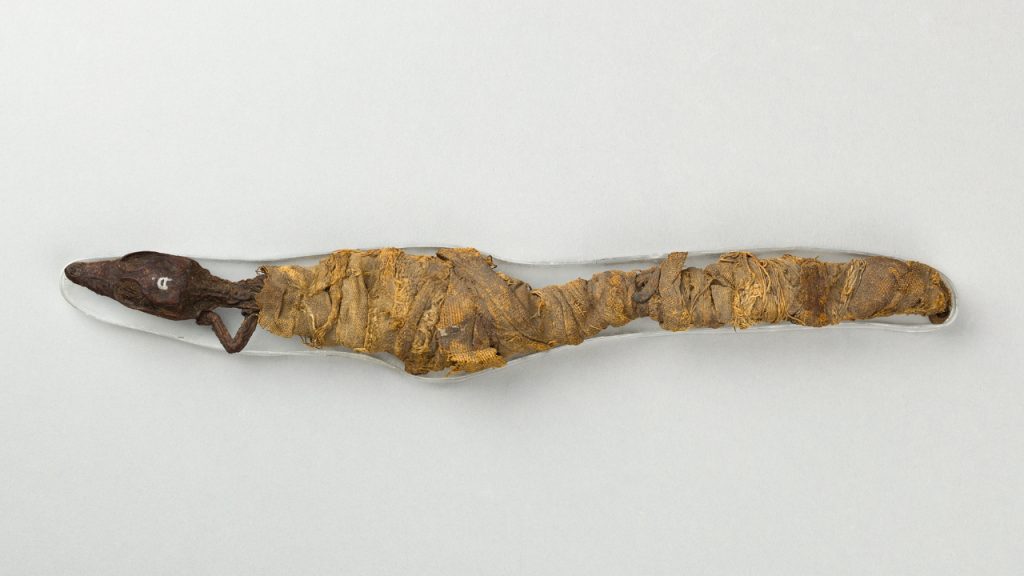
Ancient Egyptians also mummified animals and placed them in tombs. These animal mummies ranged from beloved pets to sacred creatures like cats, ibises, and crocodiles. Some animals were mummified as food offerings for the deceased. This practice shows the importance of animals in ancient Egyptian religion and daily life.
Tomb Robbing: An Ancient Profession
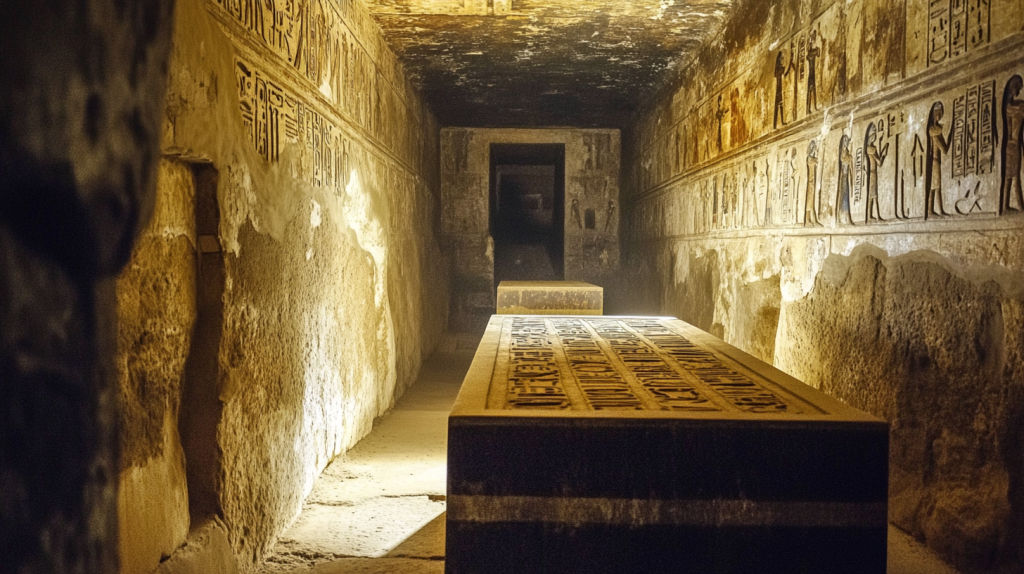
Tomb robbing was a serious problem in ancient Egypt. Despite efforts to hide and protect burial sites, many tombs were looted shortly after the funeral. This led to increasingly complex tomb designs and security measures. The widespread nature of tomb robbing explains why so few tombs have been found intact by modern archaeologists.
The Book of the Dead: A Traveler’s Guide
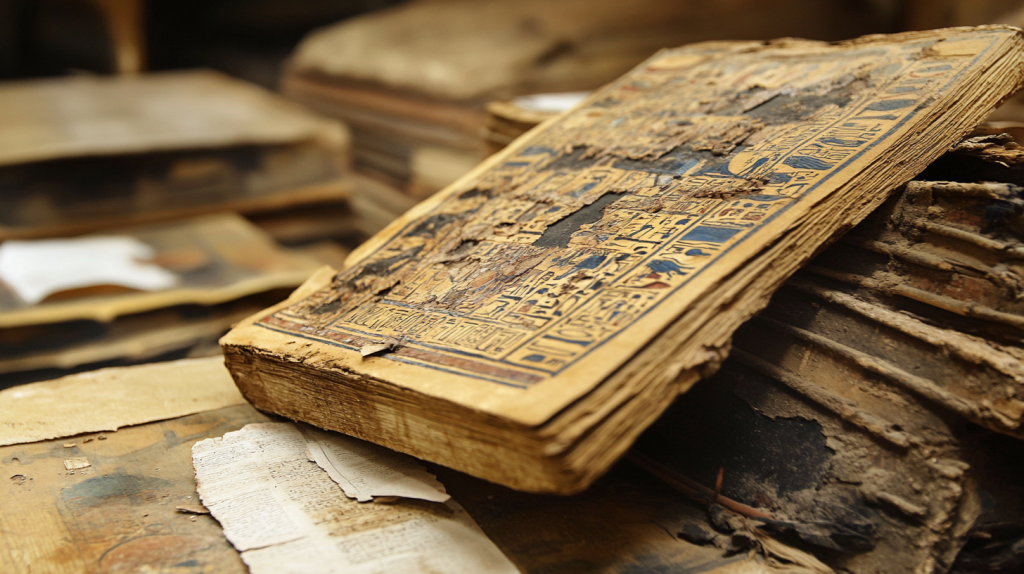
Many tombs contained copies of the Book of the Dead. This wasn’t actually a book, but a collection of spells and instructions. It was meant to guide the deceased through the dangers of the underworld. The text varied from tomb to tomb, with wealthier individuals able to afford more elaborate versions.
Shabti Figures: Tiny Tomb Servants
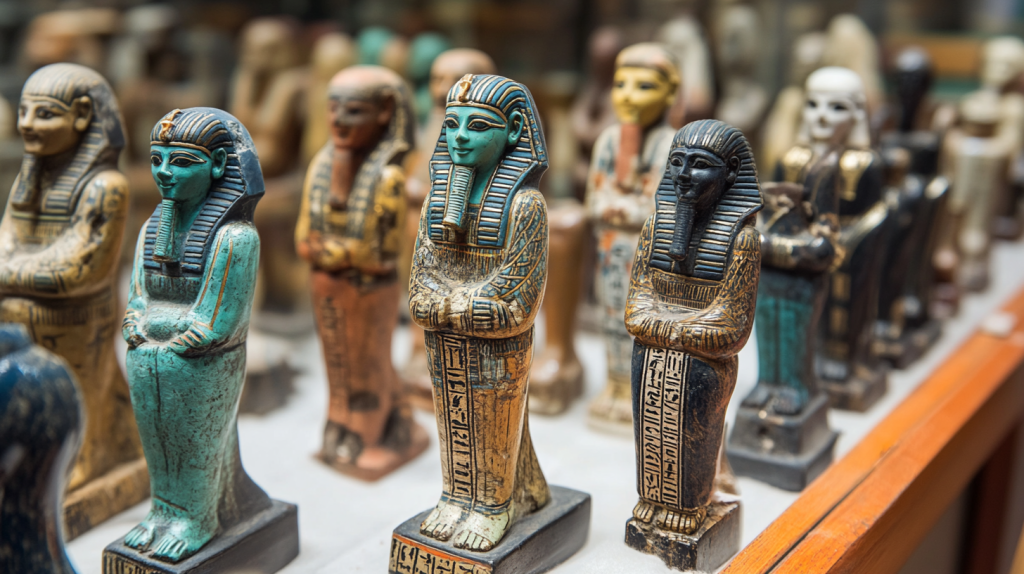
Tombs often contained small figurines called shabti. These were believed to come to life in the afterlife to serve the deceased. Some tombs had hundreds or even thousands of these figures. Each shabti was inscribed with a spell to activate it when needed.
Solar Alignment: Cosmic Connections
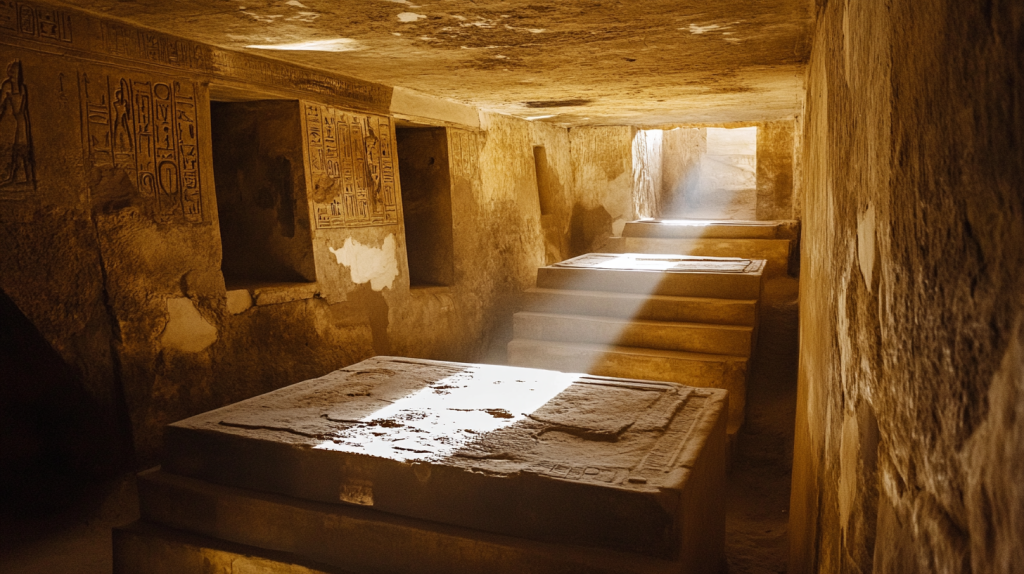
Many tombs were built with specific solar alignments in mind. This allowed sunlight to illuminate certain chambers on important dates, like the pharaoh’s birthday or coronation day. These alignments show the advanced astronomical knowledge of ancient Egyptians. They also highlight the connection between Egyptian royalty and the sun god Ra.
Tomb Security: Ancient Alarm Systems
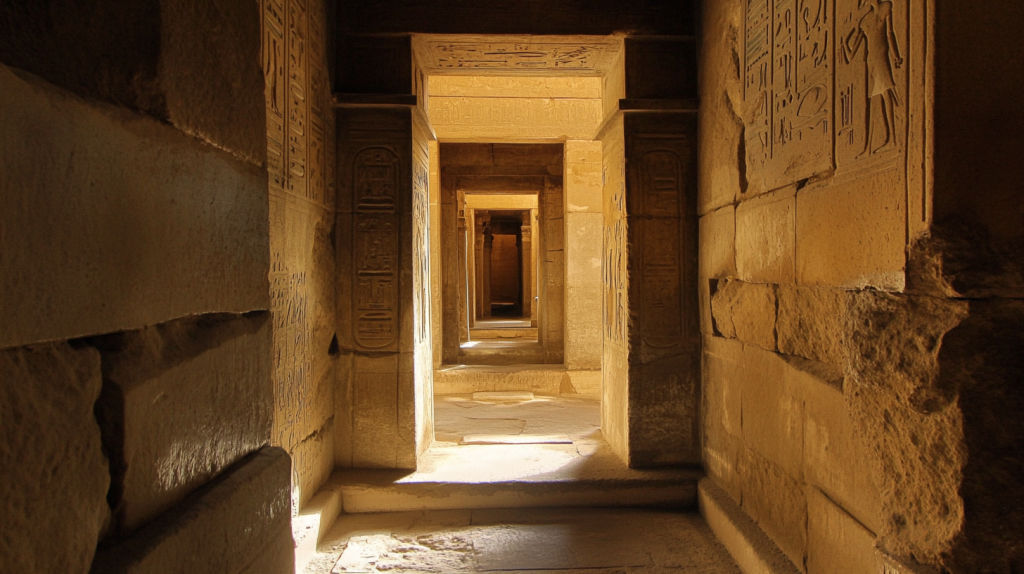
Egyptian tombs had sophisticated security measures. These included false passages, hidden traps, and heavy stone blocks to seal entrances. Some tombs even had priesthoods dedicated to maintaining and guarding them. These security features show how seriously Egyptians took the protection of their burial sites.
The Largest Tomb Ever Built
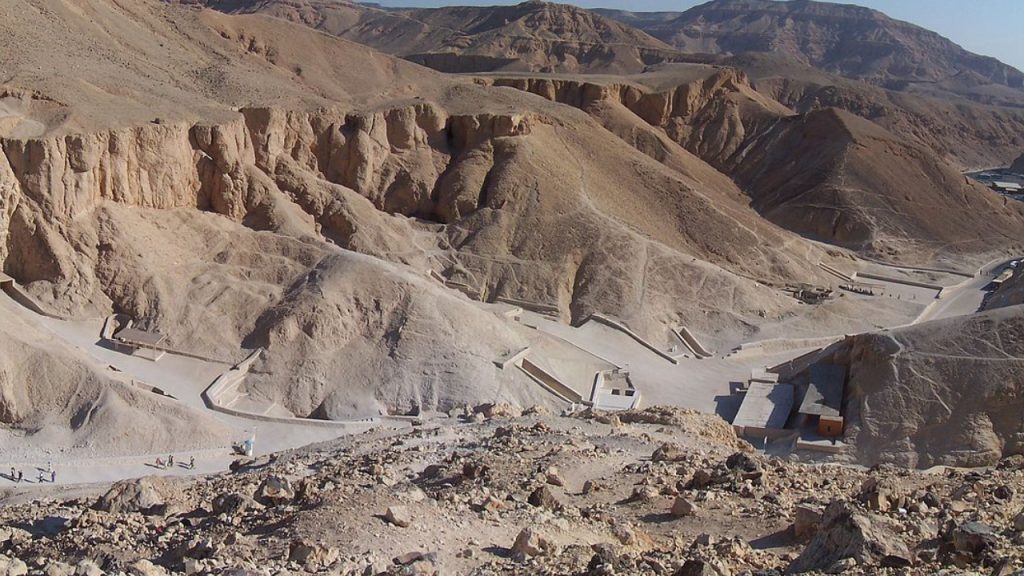
The largest known ancient Egyptian tomb belongs to the sons of Ramesses II. This tomb, located in the Valley of the Kings, has over 100 corridors and chambers. Its massive size reflects the power and wealth of the Ramessid dynasty. The tomb’s discovery in 1987 was a major archaeological event.
Pyramids: Not the Only Option
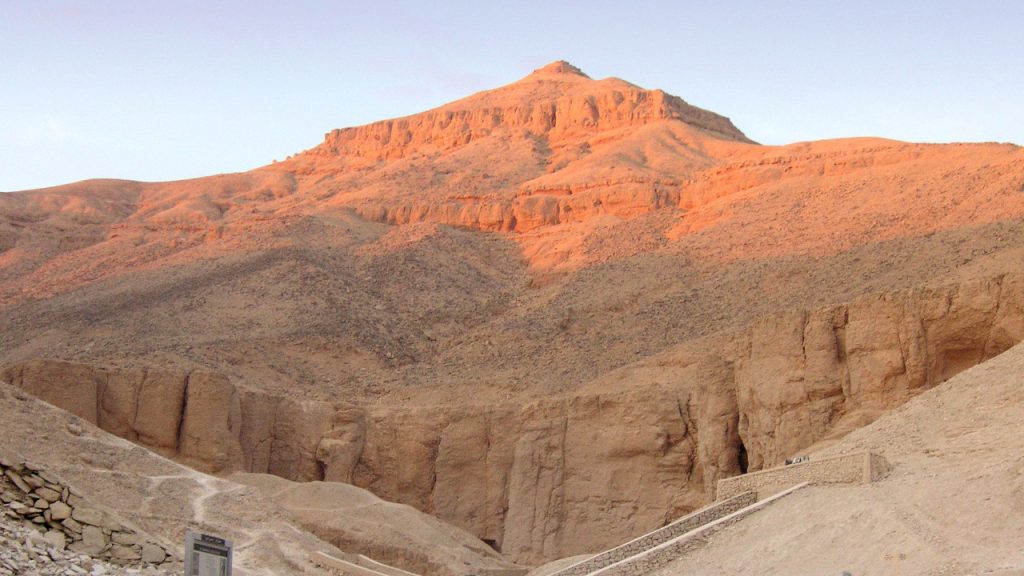
While pyramids are famous, many Egyptian royals chose rock-cut tombs instead. These were carved directly into cliff faces, like those in the Valley of the Kings. Rock-cut tombs offered better protection against grave robbers. They also allowed for more complex layouts and decorations.
Tomb Reuse: Recycling in Ancient Egypt
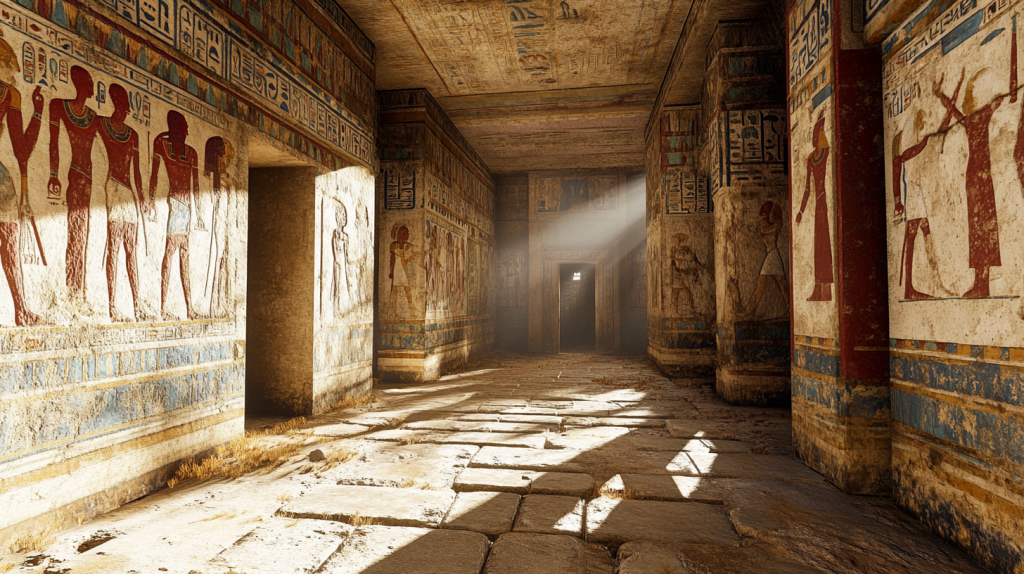
Some tombs were reused over time, either by later pharaohs or by priests reburying mummies. This practice became common when Egypt’s economy declined. Tomb reuse explains why archaeologists sometimes find mummies from different time periods in the same tomb.
18 Everyday Things Amish Women Aren’t Allowed to Do

The Amish culture is known for its simple way of life and adherence to traditional values. While this lifestyle may seem appealing to some, there are certain restrictions that Amish women face that most modern women do not. Take a look at these things that we take for granted that are off-limits to Amish women.
Read More: 18 Everyday Things Amish Women Aren’t Allowed to Do
Ellen has been obsessed with logic puzzles, jigsaws, and cryptograms since she was a kid. After learning she was taught how to play chess wrong by a family friend (so they could win), she joined her school chess club and the rest is history.
